
How to Choose the Right Iron Castor Wheels for Your Project
When it comes to selecting the right Iron Castor Wheels for your project, understanding the specific requirements and characteristics of these wheels is crucial for achieving optimal functionality and performance. According to a report by MarketsandMarkets, the global caster wheel market is projected to reach USD 1.03 billion by 2025, with iron castor wheels being a substantial segment due to their durability and strength. Iron castor wheels are particularly favored in industrial applications where heavy loads and continuous use are common, providing excellent resistance to wear and tear. With the variety of sizes, materials, and load capacities available, choosing the correct type can significantly impact efficiency and safety in the workspace. This guide aims to equip you with the essential knowledge and considerations to make an informed decision on Iron Castor Wheels suitable for your specific applications.
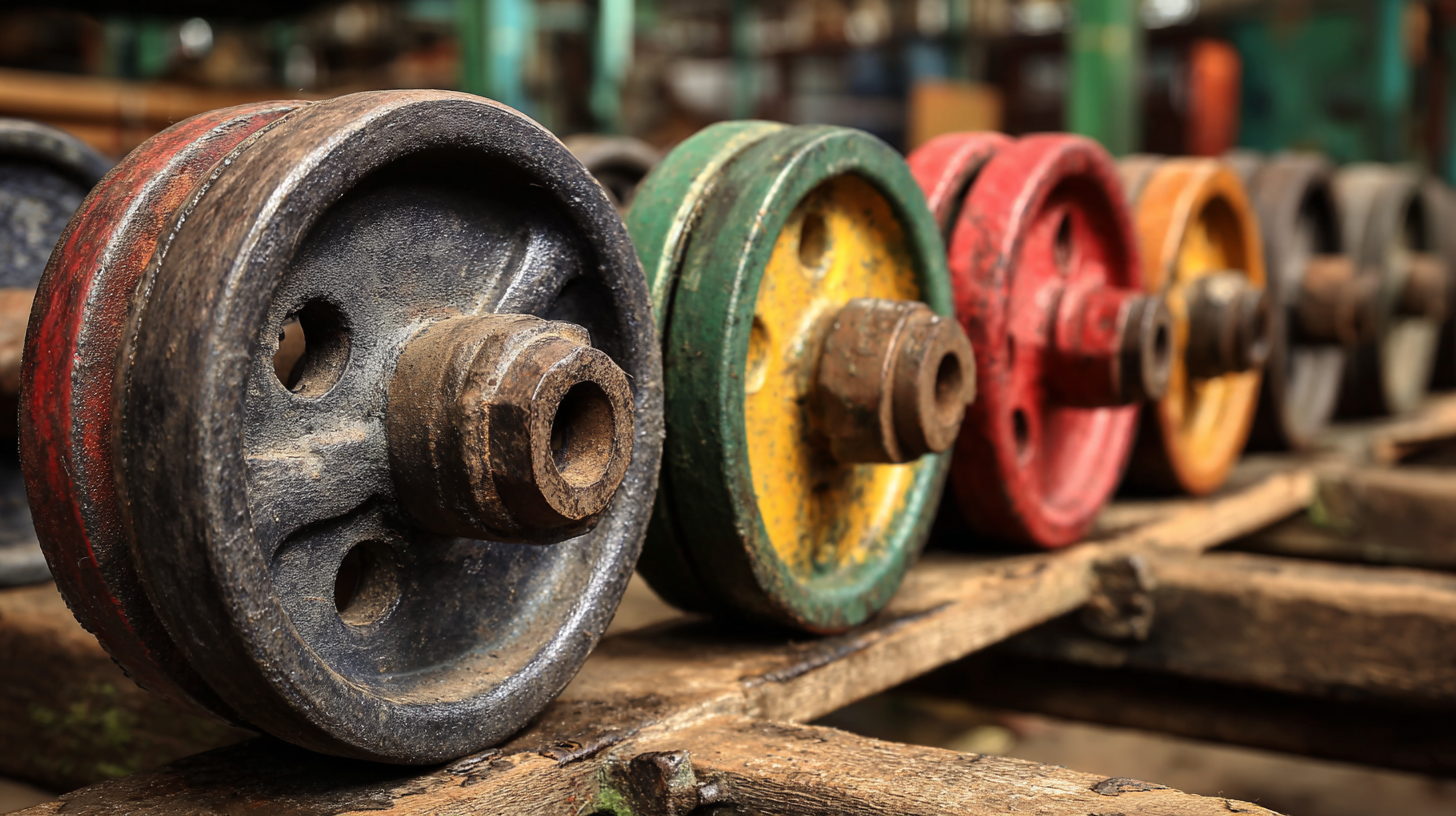
Understanding Load Capacity Ratings for Iron Castor Wheels
When selecting iron castor wheels for your project, understanding load capacity ratings is crucial to ensure safety and functionality. Load capacity refers to the maximum weight that a wheel can support while maintaining performance. Iron castor wheels generally come with specifications indicating their load capacity, typically measured in pounds or kilograms. It's vital to consider both the weight of the items being moved and any additional environmental factors, such as the surface type and frequency of use, to choose a wheel that won't wear prematurely or fail under pressure.
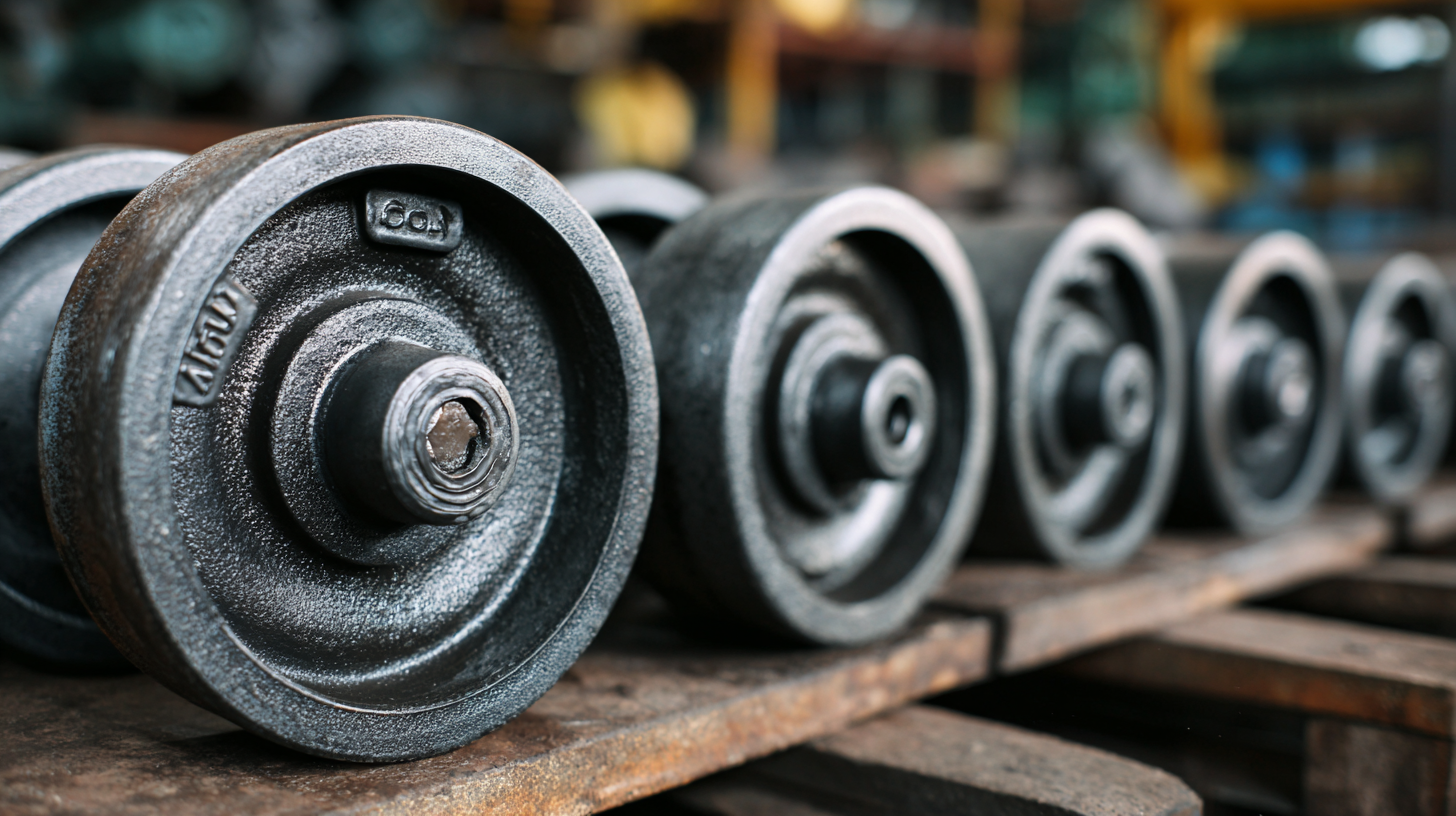
Additionally, the load distribution affects how much weight a wheel can handle. For instance, if the weight is unevenly distributed, some wheels may bear more load than others, risking failure. Therefore, it is advisable to calculate the total weight that will rest on the castor wheels, then select wheels with individual load ratings that collectively exceed this total. Taking these factors into account will help you select iron castor wheels that provide stability, durability, and the necessary performance for your specific requirements.
Identifying the Right Wheel Diameter for Stability and Mobility
When selecting iron castor wheels for a project, one of the key considerations is the wheel diameter. An appropriate wheel diameter plays a crucial role in both stability and mobility. According to industry research, a larger diameter wheel tends to roll more smoothly over obstacles, which is vital for applications like mobility aids or robots designed to assist individuals with balance issues, such as the Mobile Robotic Balance Assistant (MRBA). These devices require wheels that can efficiently navigate uneven surfaces while providing a stable base to support users with compromised mobility.
Additionally, studies indicate that for heavy-duty applications, a wheel diameter of at least 5 inches can significantly improve load distribution and maneuverability. Conversely, smaller wheels may be ideal for tighter spaces but can pose challenges in terms of stability. Notably, as recommended by skilled coaches in related fields, achieving the right balance between wheel size and handlebar width also enhances user experience and functionality. Therefore, consideration of wheel diameter not only boosts performance but also aligns with the broader ergonomic principles necessary for user-friendly designs in both personal mobility solutions and industrial settings.
Choosing the Right Iron Castor Wheels Diameter
This chart illustrates the relationship between the diameter of iron castor wheels and their corresponding stability and mobility ratings. A larger diameter often correlates with better maneuverability, while smaller diameters provide greater stability.
Assessing Material Composition for Durability and Performance
When selecting the right iron castor wheels for your project, the material composition is crucial for ensuring durability and performance. According to a report from the Industrial Supply Association, castors made from high-grade iron typically demonstrate a remarkable tensile strength of up to 30,000 psi, making them suitable for heavy-duty applications. This resilience aids in reducing deformation under heavy loads, thereby extending the longevity of the wheels in demanding environments.
Furthermore, the surface treatment of castor wheels can significantly impact their performance. A study published in the Journal of Applied Mechanics highlights that wheels with a powder-coated finish provide superior resistance against corrosion and wear compared to standard finishes. These treatments not only enhance the aesthetic appeal but also contribute to a wheel's ability to withstand environmental factors. Therefore, understanding the specific needs of your application, including load capacity and surface conditions, is essential in choosing the right iron castor wheels that will meet both durability and performance standards.
Evaluating Different Mounting Types for Your Application Needs
When selecting iron castor wheels, evaluating different mounting types is crucial for ensuring the wheels meet the specific needs of your application. The mounting type plays a significant role in determining the usability and effectiveness of the wheels. For example, top plate mounts offer adaptability for various surfaces, while stem mounts provide a sleek look and can fit into tight spaces. Additionally, locking mechanisms are essential for stability and safety in environments where movement needs to be controlled.
Tips: Always consider the load capacity of the castor wheels in relation to the intended application. According to industry reports, the failure of incorrect mounting types can lead to accidents and equipment damage, emphasizing the importance of choosing the right configuration. It is also beneficial to review technical documents that outline planning guidelines to ensure compliance with safety standards.
Another factor to consider is the terrain where the wheels will be used. Hard surfaces might require different wheel materials compared to uneven or soft ground. Research shows that the right combination of wheel diameter and tread profile can significantly enhance maneuverability and overall performance. By thoroughly evaluating these mounting types and aligning them with your project requirements, you can ensure a successful implementation.
How to Choose the Right Iron Castor Wheels for Your Project - Evaluating Different Mounting Types for Your Application Needs
| Mounting Type | Load Capacity (lbs) | Wheel Diameter (inches) | Material | Wheel Type |
|---|---|---|---|---|
| Plate Mount | 1,200 | 4 | Cast Iron | Swivel |
| Bolt Hole | 1,500 | 5 | Steel | Rigid |
| Stem Mount | 800 | 3 | Polypropylene | Swivel |
| Expansion Mount | 2,000 | 6 | Rubber | Swivel |
| Fixed Plate | 1,100 | 5 | Cast Iron | Rigid |
Analyzing Environmental Factors Affecting Iron Castor Wheel Selection
When selecting iron castor wheels for a project, environmental factors play a critical role in ensuring optimal performance and longevity. According to the 2021 Industrial Wheel Report published by the American National Standards Institute, over 30% of wheel failures are attributed to unsuitable environmental conditions, such as temperature extremes, humidity, and exposure to chemicals. For instance, high humidity can lead to accelerated rusting of iron wheels, necessitating a choice of wheels with protective coatings to enhance durability in moist environments.
Additionally, the operational surface type should be considered, as poor surface conditions can increase wear and tear on wheels. The Institute of Mechanical Engineers noted that carrying loads on uneven surfaces can reduce the lifespan of castor wheels by up to 50%, making it crucial to assess the terrain where the wheels will be used. Furthermore, the presence of corrosive substances in a workplace could require selecting specialized wheels that offer increased resistance to chemical exposure. Understanding these environmental aspects is essential to ensure that the right iron castor wheels are chosen, facilitating smoother operations and reducing maintenance costs.
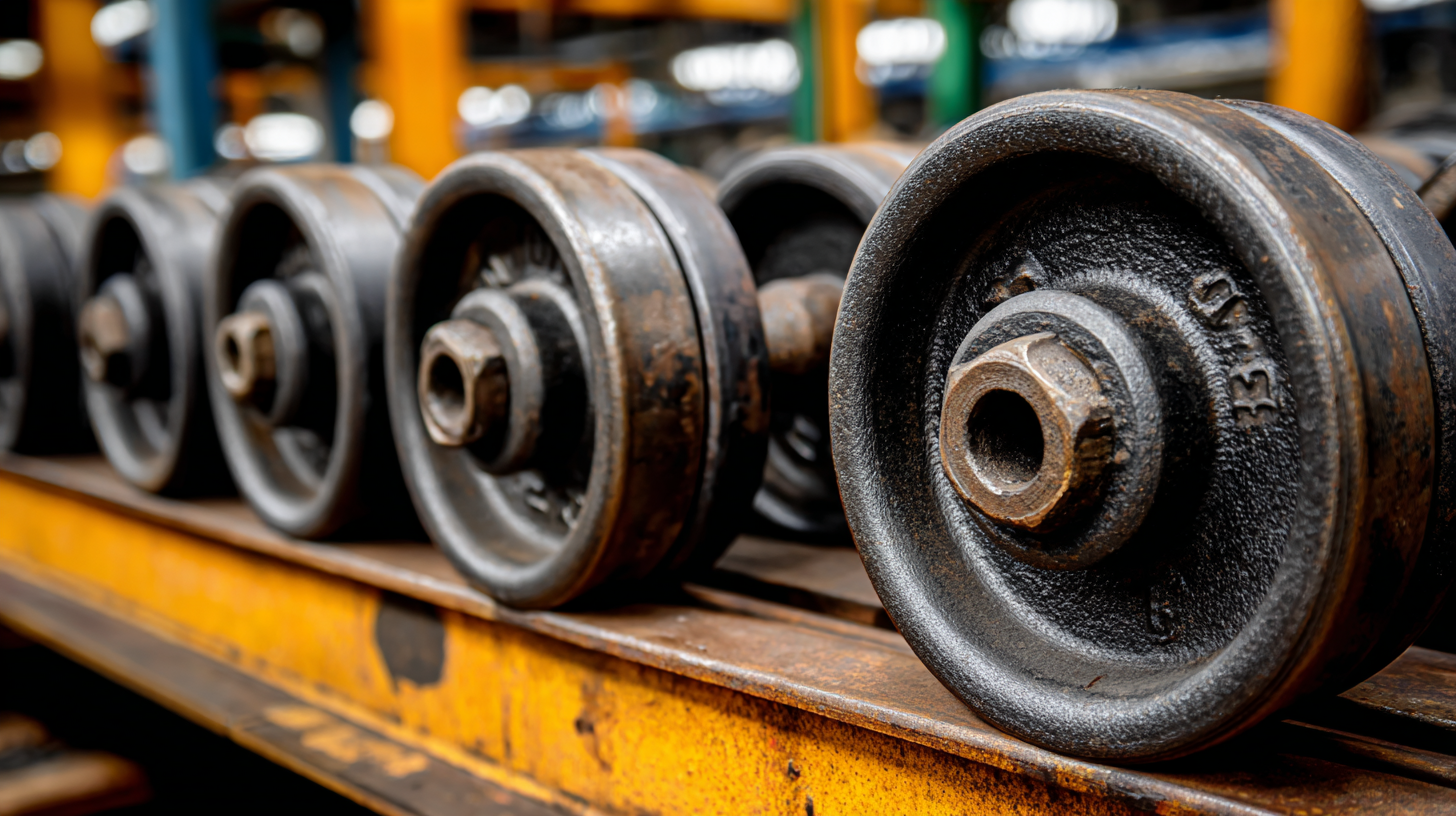
Related Posts
-

Understanding Common Issues with Caster Swivel Solutions
-
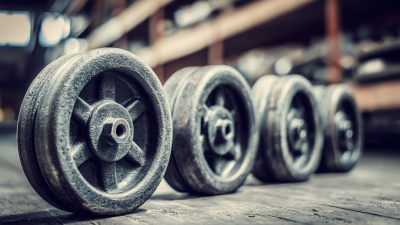
The Future of Cast Iron Casters in Sustainable Manufacturing
-

Innovative Solutions for Cast Iron Caster Applications
-
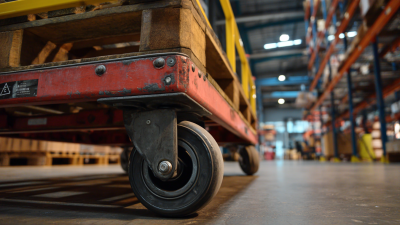
Maximizing Efficiency with the Best Caster Trolley in Your Operations
-
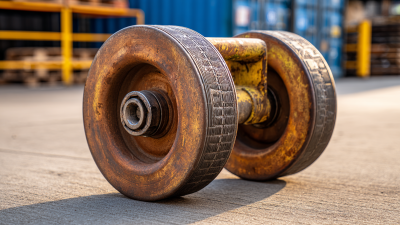
What is the Importance of Heavy Castor Wheels in Industrial Applications
-

Understanding the Challenges of Heavy Caster Wheels in Industrial Applications
